管道
|
|
共享内存
|
|
to be continued
参考
https://blog.csdn.net/weixin_44014982/article/details/130241892
|
|
|
|
https://blog.csdn.net/weixin_44014982/article/details/130241892
|
|
|
|
|
|
|
|
|
|
对于顺序的数组,可以先随机洗牌
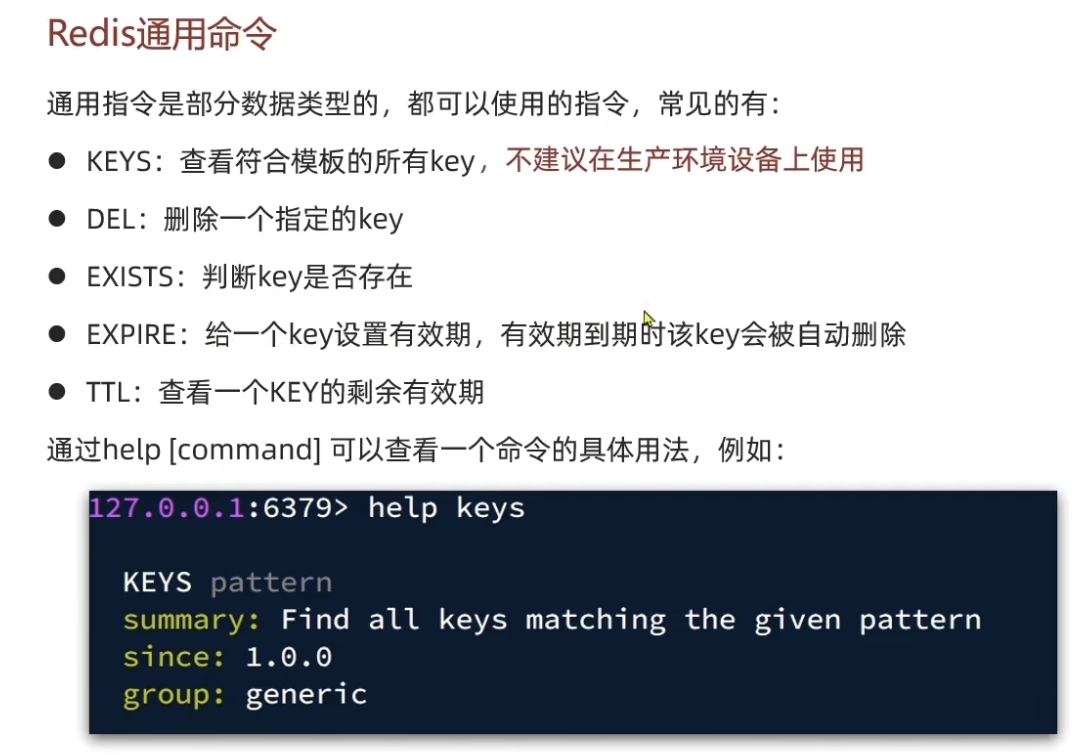
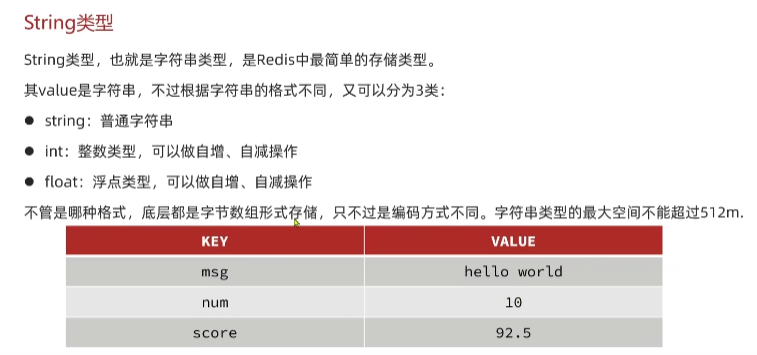
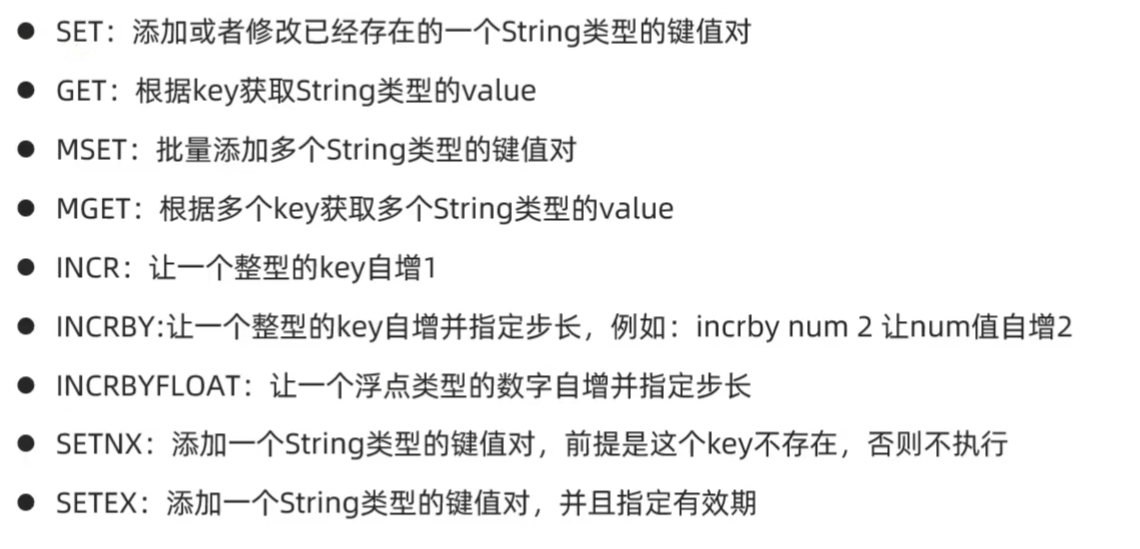
e.g.
douyin:user:1
douyin:user:2
douyin:product:1
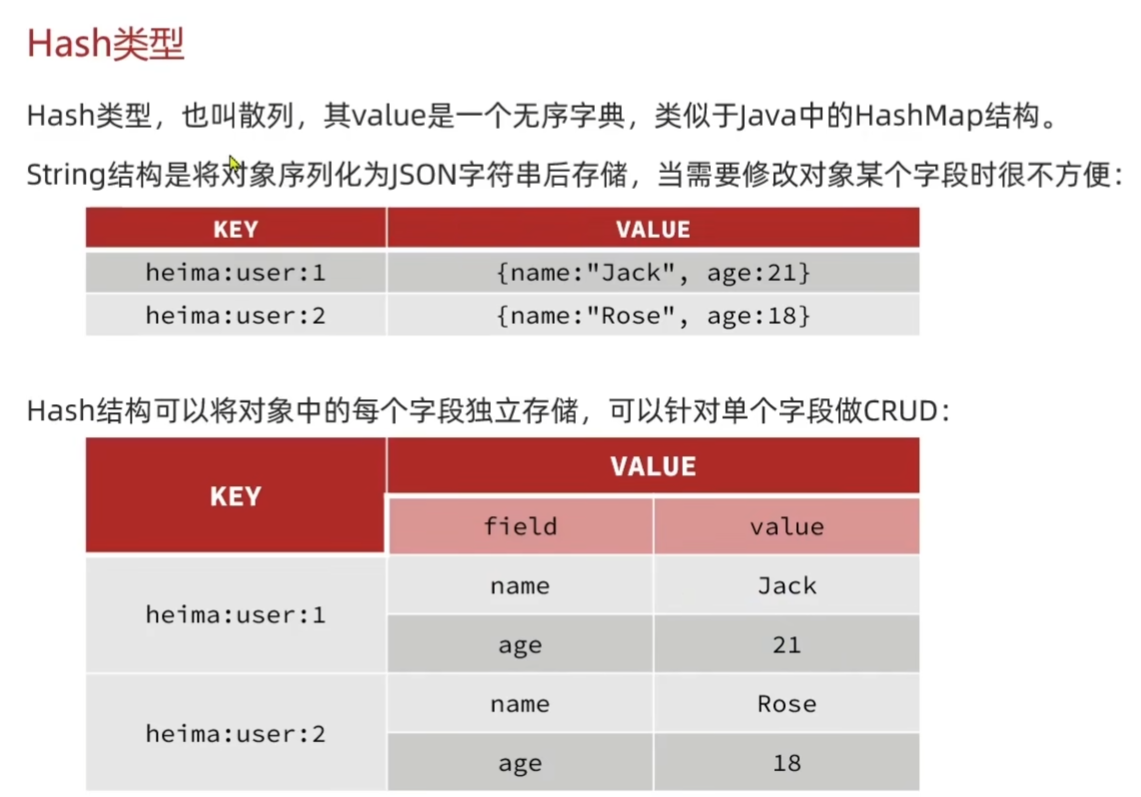
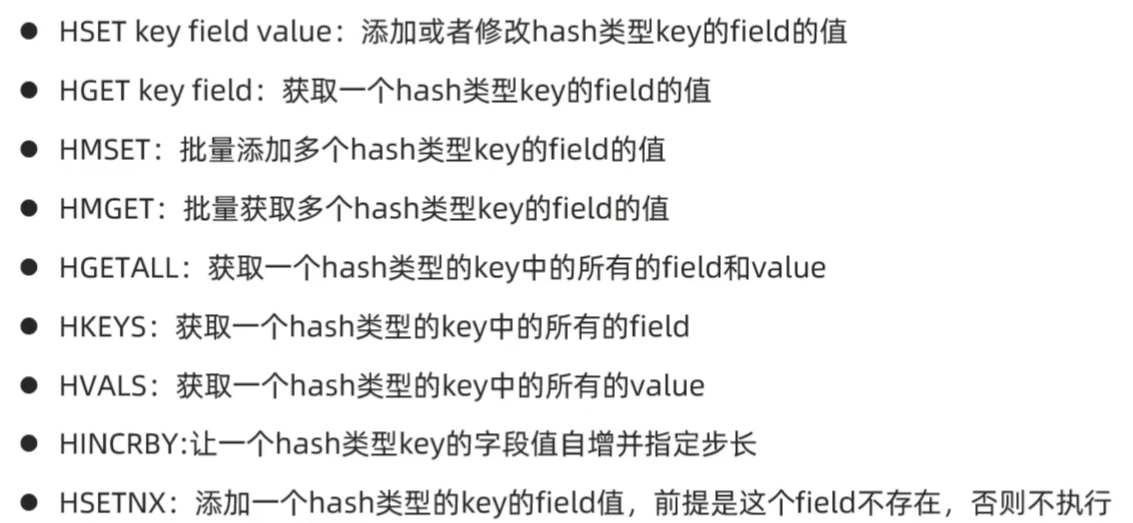
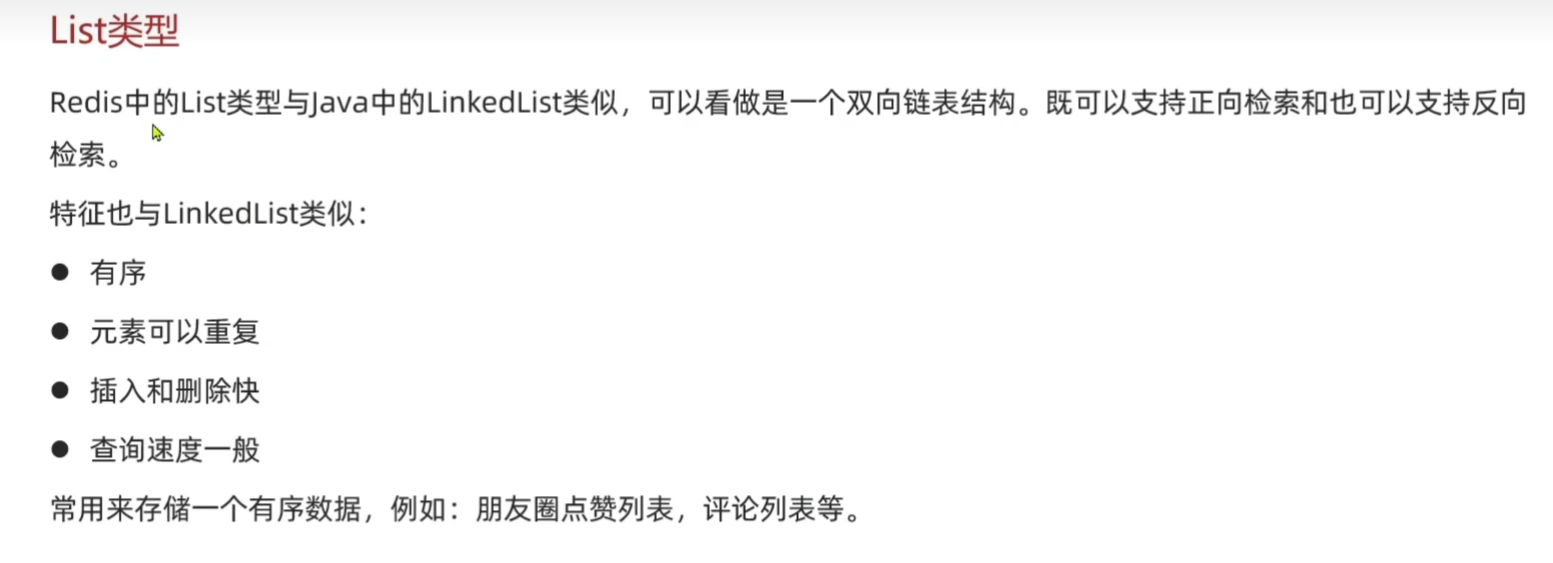
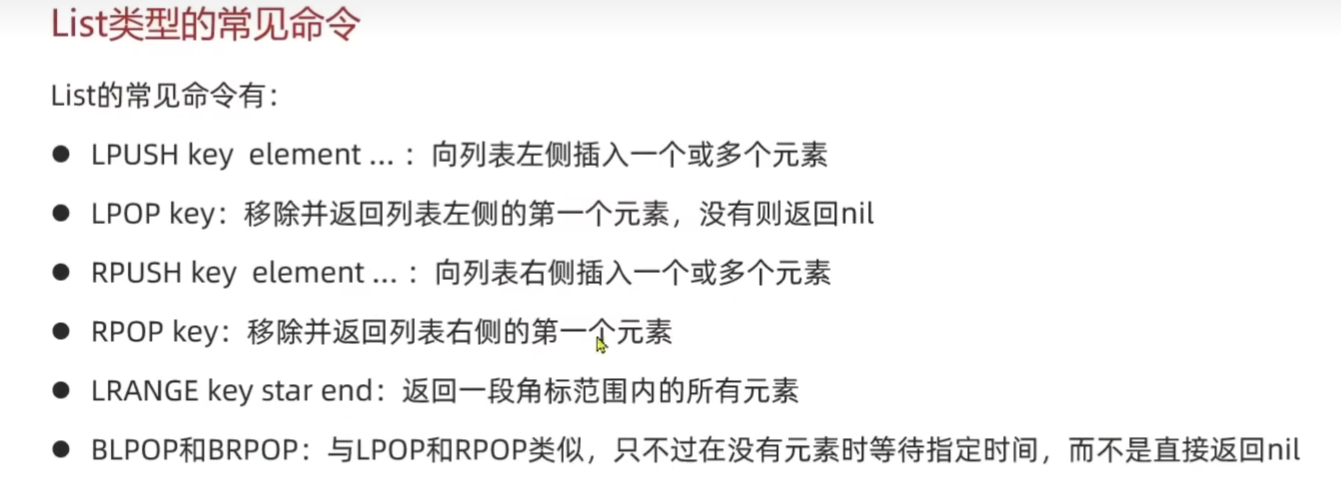
hahahah
构建应用的镜像
编写Dockerfile,构建镜像(假设镜像名叫getting-started)
|
|
根据镜像创建容器
类C 继承 类B 继承 类A
基类指针指向派生类对象
如果是C->A, B->A,那么操作A和C时,不会触碰到B
析构函数和成员函数之间互不干扰
如果是像这样 B* b = new B 或者 C* c = new C 这种,那构造函数一定会调用基类的,析构函数一定会调用基类的
最简单的互斥锁
|
|
输出
三种继承方式,是否真正继承了,子类可访问吗,外部可访问吗
三种可见性,类自己可访问吗,外部可访问吗
继承默认是private继承
private、protected、public
Global Regular Expression Print
用正则表达式查找文本
grep [-option] {pattern} {file}
| -A<行数> | 除了显示匹配 pattern 的那一行外,显示该行之后的内容 |
| -B<行数> | 除了显示匹配 pattern 的那一行外,显示该行之前的内容 |
| -C<行数> | 除了显示匹配 pattern 的那一行外,显示该行前、后的内容 |
| -c | 统计匹配的行数 |
| -e | 同时匹配多个pattern |
| -i | 忽略字符的大小写 |
| -n | 显示匹配的行号 |
| -o | 只显示匹配的字符串 |
| -v | 显示没有匹配pattern的那一行,相当于反向匹配 |
| -w | 匹配整个单词 |
stream editor